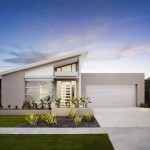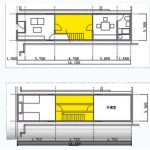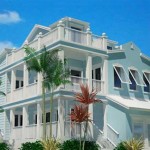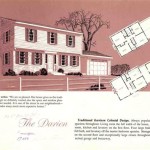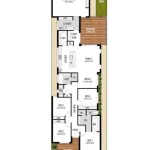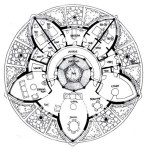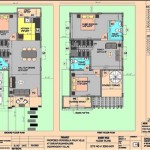Elevated Bungalow House Plans: Essential Aspects to Consider
Elevated bungalow house plans are gaining popularity for their aesthetic appeal, functional advantages, and adaptability to diverse terrains. These homes offer elevated living spaces, providing panoramic views and protection from potential flooding or water damage.
When designing an elevated bungalow house plan, several crucial aspects should be considered to ensure optimal functionality, comfort, and longevity. Here are some essential elements to keep in mind:
Foundation and Elevation
The foundation of an elevated bungalow is critical for supporting the structure and ensuring stability. Various foundation types are suitable for elevated homes, including post-and-beam, piers with beams, and concrete piers. The elevation of the house should be determined based on local building codes, flood risk, and desired views.
Access and Connectivity
Providing convenient access to and from the elevated living spaces is essential. Stairways, ramps, or elevators can be incorporated to facilitate movement between the ground level and upper floors. The design should consider accessibility for all occupants, including those with mobility limitations.
Light and Ventilation
Elevated bungalows offer ample opportunities for natural light and ventilation. Large windows and skylights can be employed to maximize daylight and create a明亮 and airy interior. Cross-ventilation strategies, such as strategically placed windows and doors, help circulate fresh air and maintain a comfortable environment.
Outdoor Spaces
Elevated bungalows often feature expansive decks or patios that extend the living space outdoors. These outdoor areas provide opportunities for relaxation, entertaining, and enjoying the surrounding views. Incorporating outdoor amenities, such as a fire pit, grilling area, or water feature, can enhance the outdoor experience.
Energy Efficiency
Elevated bungalows should be designed with energy efficiency in mind. Proper insulation, energy-efficient windows, and energy-saving appliances can minimize energy consumption and lead to lower utility costs. Utilizing passive solar design techniques, such as sunshades and thermal mass, can further improve energy performance.
Cost Considerations
Elevated bungalow house plans can vary in cost depending on the size, complexity, and elevation. It is important to factor in the cost of materials, labor, and permits when budgeting for an elevated bungalow project. Consulting with a qualified architect or builder can provide accurate cost estimates.
Customization and Flexibility
Elevated bungalow house plans can be customized to suit individual preferences and lifestyle needs. The layout, number of bedrooms and bathrooms, and architectural style can be tailored to specific requirements. The flexibility of elevated bungalows allows for future expansions or modifications as the occupants' needs evolve.
By carefully considering these essential aspects during the planning and design phase, you can create an elevated bungalow house that meets your functional, aesthetic, and financial objectives, offering a unique and elevated living experience.

Althea Elevated Bungalow House Design Pinoy Eplans Plans One Y Floor

Elevated Bungalow House Plan Is Marcela Model With 3 Bedrooms And Bathrooms You May Floor Plans Craftsman

Elevated Bungalow House Design With 3 Bedrooms Pinoy Eplans

Elevated 3 Bedroom House Design Cool Concepts

Elevated Bungalow With Two Bedrooms Pinoy Eplans Architectural House Plans One Level

Althea Elevated Bungalow House Design Pinoy Eplans

Bungalow House Design With Floor Plan L Small 3 Bedroom Simple Yet Elegant

Elevated Modern Bungalow Design Ebhosworks

Bungalow Style House Plans Craftsman Floor

House Design Elevated Bungalow 12 30m X 10 80m 133 Sqm Floor Area 3 Bedroom

